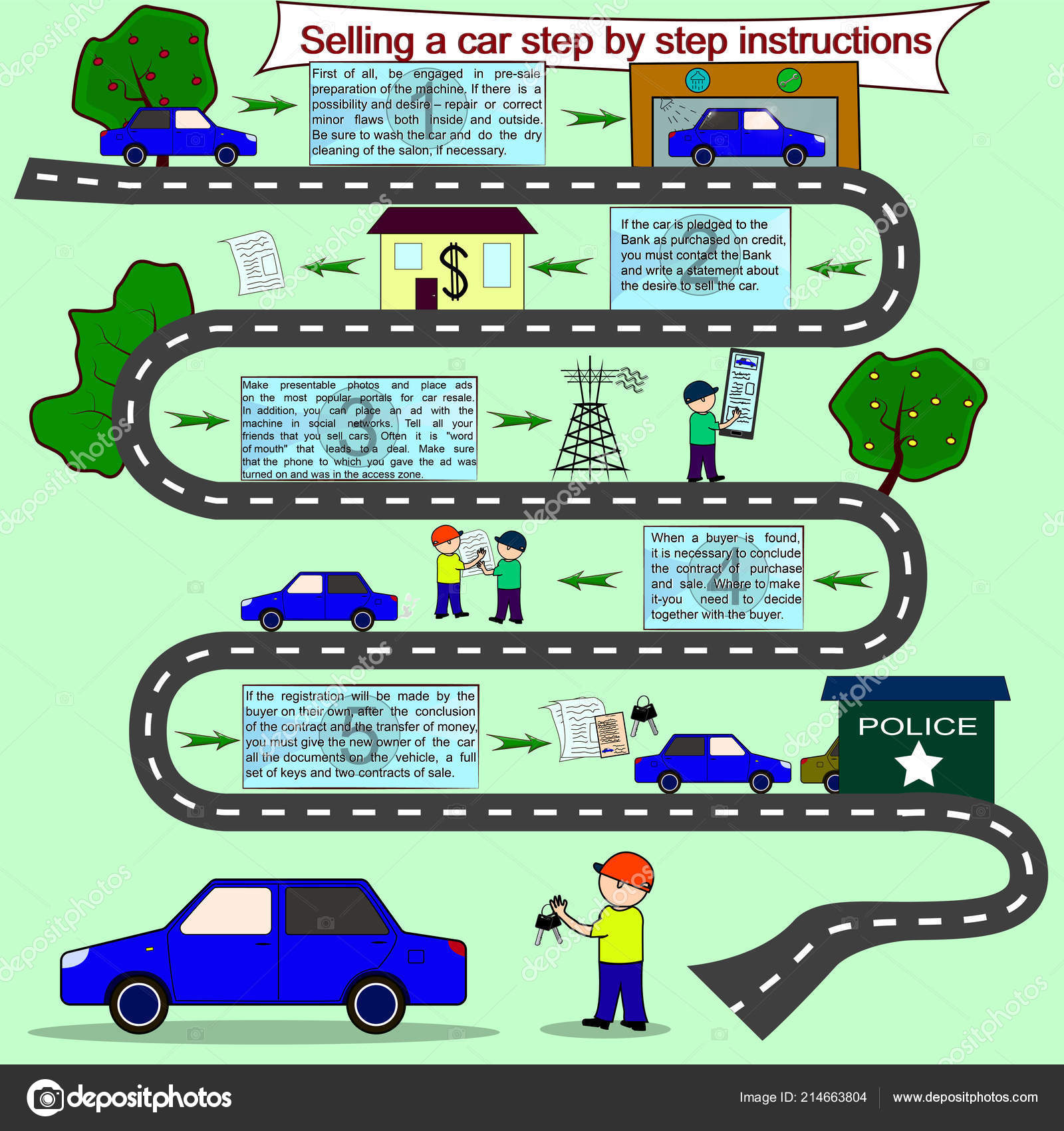Decoding Your Car'S Caution Indicators: What They Really Signify
Decoding Your Car'S Caution Indicators: What They Really Signify
Blog Article
Published By-Samuelsen Dalgaard
When you lag the wheel, those beautiful caution lights on your control panel can be a bit complicated. Do marine and auto detailing understand what they're trying to tell you concerning your cars and truck's health? Recognizing the relevance of these lights is essential for your safety and security and the long life of your automobile. So, the next time one of those lights turns up, would not you intend to analyze its message precisely and take the needed steps to resolve it?
Common Caution Lights and Interpretations
Identify common caution lights in your car and comprehend their meanings to make certain safe driving.
One of the most typical caution lights include the check engine light, which signals concerns with the engine or emissions system. If this light begins, it's critical to have your vehicle checked without delay.
Highly recommended Website advising light shows low oil stress, needing immediate focus to avoid engine damage.
A flashing battery light may recommend a faulty billing system, potentially leaving you stranded otherwise resolved.
The tire stress surveillance system (TPMS) light informs you to low tire pressure, influencing vehicle security and fuel effectiveness. Neglecting this can cause unsafe driving conditions.
The ABS light indicates a trouble with the anti-lock braking system, compromising your ability to stop swiftly in emergency situations.
Last but not least, the coolant temperature level cautioning light warns of engine overheating, which can lead to extreme damages otherwise settled promptly.
Understanding these usual caution lights will certainly help you resolve problems promptly and keep secure driving conditions.
Importance of Prompt Interest
Comprehending the usual caution lights in your car is just the first step; the relevance of immediately resolving these warnings can not be emphasized enough to ensure your safety and security on the road.
When a caution light brightens on your dashboard, it's your vehicle's method of communicating a possible concern that needs attention. Neglecting these warnings can result in much more extreme problems down the road, endangering your security and potentially costing you much more out of commission.
Trigger interest to cautioning lights can stop break downs and mishaps. For example, a flashing check engine light could show a misfire that, if left neglected, might cause damages to the catalytic converter. Resolving this immediately can save you from an expensive repair service.
Likewise, a brake system cautioning light might indicate reduced brake fluid or used brake pads, vital elements for your security when driving.
Do It Yourself Troubleshooting Tips
If you discover a warning light on your control panel, there are a few DIY fixing suggestions you can attempt before seeking professional aid.
The primary step is to consult your car's handbook to recognize what the details caution light suggests. Occasionally the issue can be as straightforward as a loose gas cap triggering the check engine light. Tightening the gas cap might deal with the issue.
car interior cleaner near me is a low battery, which can set off different warning lights. Inspecting the battery links for corrosion and guaranteeing they're protected could deal with the issue.
If a caution light lingers, you can attempt resetting it by detaching the car's battery for a couple of minutes and afterwards reconnecting it. Additionally, examining your vehicle's liquid levels, such as oil, coolant, and brake fluid, can assist troubleshoot cautioning lights related to these systems.
Verdict
To conclude, understanding your cars and truck's warning lights is vital for maintaining your vehicle running smoothly and securely. By immediately dealing with these signals and understanding what they mean, you can prevent pricey repair work and potential break downs.
Bear in mind to consult your car's handbook for particular information on each alerting light and act appropriately to make sure a trouble-free driving experience.
Remain notified, stay secure when traveling!
